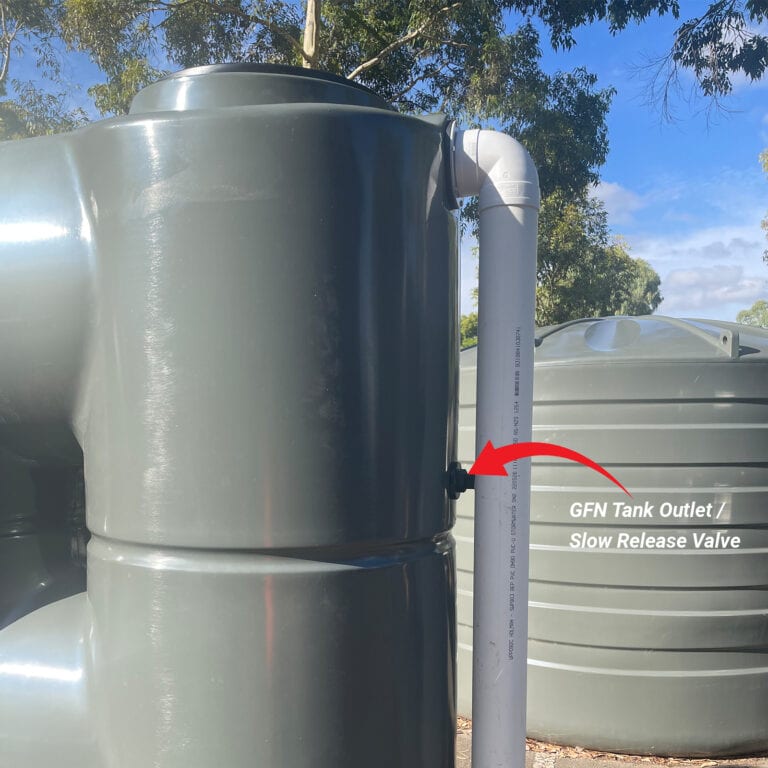Slimline Water Tanks: The Perfect Selection for Urban Water Storage Space
Recognizing the Relevance of Rainwater Containers in Drought-Prone Regions for Water Safety
In regions susceptible to long term dry spells, the role of rain storage tanks in reinforcing water security is a subject of growing value. As neighborhoods grapple with the difficulties of water shortage, understanding the value of these storage tanks surpasses simple collection of rain. Rainwater containers serve as an essential tool in minimizing the impact of water shortages by giving a sustainable source of water for various needs. Nevertheless, real worth of rain storage tanks expands far past mere storage; it incorporates resilience-building steps and the promo of lasting water conservation approaches. This multifaceted technique to water protection warrants a more detailed examination of the function rain storage tanks play in making sure a reputable water throughout times of drought.
Advantages of Rain Containers
Using rainwater containers uses a sustainable solution for boosting water supply and improving water safety and security in residential and business settings. One of the main benefits of rain storage tanks is their ability to minimize reliance on keys water supply.

Rainwater Harvesting Techniques
Rainwater harvesting techniques encompass a range of methods created to successfully accumulate and save rain for different functions, contributing to water conservation and sustainability. One common technique is the installment of roof catchment systems, where rain is gathered from the roofing system of a structure and guided to a tank. This approach is fairly basic and economical. One more popular strategy is making use of above-ground or below ground tank to store rain for later usage. These storage tanks are available in different sizes and products to fit different requirements and can be connected to the existing pipes system for simple gain access to.

Moreover, rainfall gardens and permeable sidewalks are innovative methods that entail landscape design or paving surfaces in a manner that permits rain to percolate right into the ground, replenishing groundwater books. In addition, shape farming and terracing are agricultural practices that assist record rain and prevent soil disintegration in sloping surface. By implementing these diverse rainwater harvesting methods, neighborhoods can boost water security and durability in drought-prone regions while advertising lasting water monitoring techniques.
Importance of Water Safety And Security
Making sure reputable accessibility to tidy and enough water sources is extremely important for maintaining human health, economic development, and environmental well-being. Water security is a crucial element of societal strength, specifically in regions prone to dry spells and water shortage. Appropriate water protection incorporates different measurements, including availability, quality, and ease of access of water for residential, farming, industrial, and environmental needs.
Water security plays a crucial duty in advertising public health and wellness by minimizing the occurrence of waterborne diseases and ensuring hygiene centers. Financially, water safety is vital for agricultural performance, commercial operations, and overall financial growth. Slimline water tanks. Water security is very closely connected to environmental sustainability, as it sustains communities, biodiversity, and overall environmental balance.
In drought-prone regions, water safety and security comes to be much more critical Continued as a result of the heightened threat of water shortages. Applying techniques like rain harvesting, water recycling, and effective water monitoring techniques can substantially enhance water safety in these locations. By prioritizing water safety, communities can better hold up against the effects of environment change, population development, and various other obstacles that threaten water accessibility.
Enhancing Water Strength
With increasing worldwide water obstacles, building sites durability in water supply has actually become a vital emphasis for sustainable development efforts. Enhancing water strength involves carrying out approaches to ensure water availability and high quality despite transforming ecological conditions, such as droughts, floods, and contamination.
One secret aspect of boosting water resilience is advertising using rain containers in drought-prone areas - Slimline water tanks. Rainwater containers act as an efficient ways of capturing and storing rainwater for later use, decreasing reliance on scarce freshwater sources during dry periods. By incorporating rainwater harvesting systems into water management strategies, areas can boost their capacity to hold up against water deficiency and keep water protection

Lasting Water Preservation
Amidst escalating water difficulties, the sensible monitoring of water resources through sustainable preservation techniques is essential for making sure lasting ecological security and social health. Lasting water conservation entails the efficient use water sources to satisfy existing demands without endangering the capacity of future generations to meet their own requirements. By executing approaches such as rain harvesting, greywater recycling, and water-efficient modern technologies, communities can reduce water wastage and reduce pressure on freshwater sources.
Furthermore, sustainable water preservation techniques add to ecosystem wellness by keeping ample water degrees in rivers, lakes, and marshes, sustaining biodiversity, and maintaining all-natural habitats. These practices also play an essential role important link in mitigating the influences of environment modification by assisting to adjust to altering precipitation patterns and water availability.

Conclusion
Finally, rain tanks play a vital duty in enhancing water security and durability in drought-prone areas. By making use of rain harvesting techniques, communities can minimize their dependence on typical water sources and promote sustainable water conservation methods. This not just aids mitigate the impacts of water scarcity throughout dry spells yet also contributes to long-lasting water safety and durability despite environment adjustment obstacles.